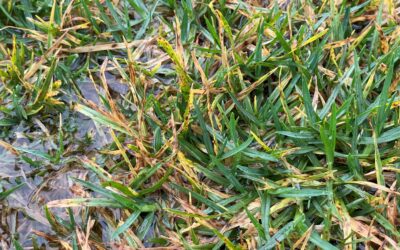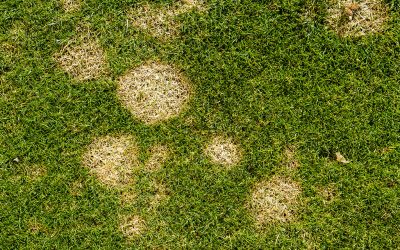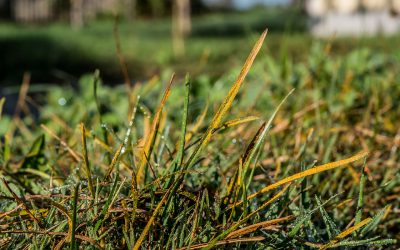Scientific Name: Microdochium nivale
Symptoms
The symptoms of Fusarium circular or irregular patches of dead or discoloured turfgrass, often with a reddish-brown or tan appearance. A “smoky” or grayish-white fungal growth may be visible on the affected grass blades under favourable conditions.
In severe cases, the patches can coalesce (join together), resulting in larger areas of damaged turf.
Prevailing Conditions
Cool and moist weather, typically between 10°C to 25°C.
Poor drainage and over watering, leading to extended periods of moisture on the turfgrass surface. Compromised turfgrass health, such as weak root systems or nutrient deficiencies, making the grass more susceptible to infection.
Cultural Practices
Proper mowing: Maintain the appropriate mowing height for your turfgrass species, as shorter grass may be more prone to disease.
Adequate drainage: Ensure proper soil drainage to prevent prolonged periods of moisture on the lawn.
Avoid overwatering: Water deeply but infrequently, allowing the soil surface to dry between watering sessions.
Reduce thatch: Regularly dethatch the lawn to minimise the buildup of excessive thatch, which can create a favourable environment for Fusarium disease.
Fungicide Application:
In severe cases or when cultural practices alone are insufficient, fungicide application may be necessary.
If unsure about any of these directions or if you have more questions please contact us.




